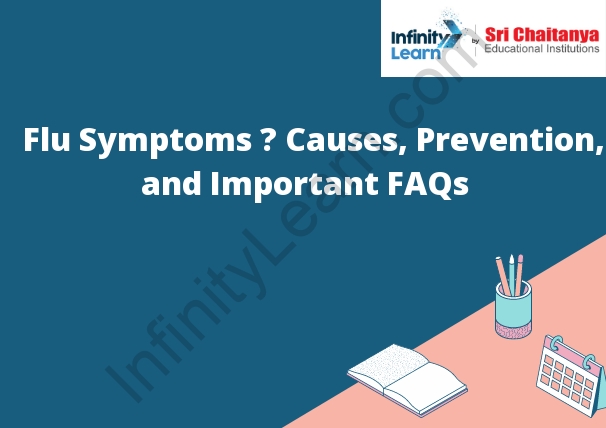Table of Contents
What is Flu?
Flu is a contagious respiratory illness caused by influenza viruses. It can cause mild to severe illness, and at times can lead to death. Flu is spread mainly by droplets made when people with flu cough, sneeze or talk. It can also be spread by touching surfaces or objects contaminated with the virus and then touching your mouth, nose, or eyes.

Causes of Flu
There are many causes of flu. The most common cause is the virus. Other causes include bacteria, environmental factors, and genetics.
The virus is the most common cause of flu. The virus is a tiny organism that can spread through the air, through contact with saliva or mucus, or through contact with objects that have been contaminated with the virus. The virus can cause a range of symptoms, from a mild cold to a serious illness.
Bacteria can also cause flu. There are several types of bacteria that can cause flu, including Streptococcus, Staphylococcus, and Mycoplasma. These bacteria can spread through the air, through contact with saliva or mucus, or through contact with objects that have been contaminated with the bacteria. These bacteria can cause a range of symptoms, from a mild cold to a serious illness.
Environmental factors can also cause flu. These factors include smoke, pollution, and changes in the weather. These factors can cause the virus or the bacteria to spread more easily and can increase the risk of developing flu.
Genetics can also play a role in the development of flu. Some people may be more likely to develop flu because they have a genetic predisposition to the virus or the bacteria.
Prevention
A flu is a contagious respiratory illness caused by influenza viruses. It can cause mild to severe illness, and at times can lead to death. Every year, millions of people get the flu, including hundreds of thousands of people who are hospitalized and thousands or tens of thousands of people who die from flu-related causes.
There are several ways to prevent the flu, including getting a flu shot, washing your hands regularly, and avoiding close contact with people who are sick.
Getting a flu shot is one of the most important ways to prevent the flu. It is recommended that everyone 6 months and older get a flu shot every year. Flu shots are available at pharmacies, clinics, and health care providers’ offices.
Washing your hands regularly is also important for preventing the flu. You should wash your hands with soap and water for at least 20 seconds, especially before you eat or touch your face.
Avoiding close contact with people who are sick is another way to prevent the flu. If you are sick, stay home and avoid contact with other people.
Symptoms of Flu
The flu is a viral respiratory illness that is highly contagious. It is caused by the influenza virus, which is spread through the air by coughing and sneezing. Symptoms of the flu include fever, headache, muscle aches, cough, and sore throat. The flu can also cause diarrhea and vomiting. The flu is most common in the winter months. It can be treated with antiviral drugs, such as Tamiflu, and by rest and fluids. The flu can be prevented by getting a flu vaccine each year.







